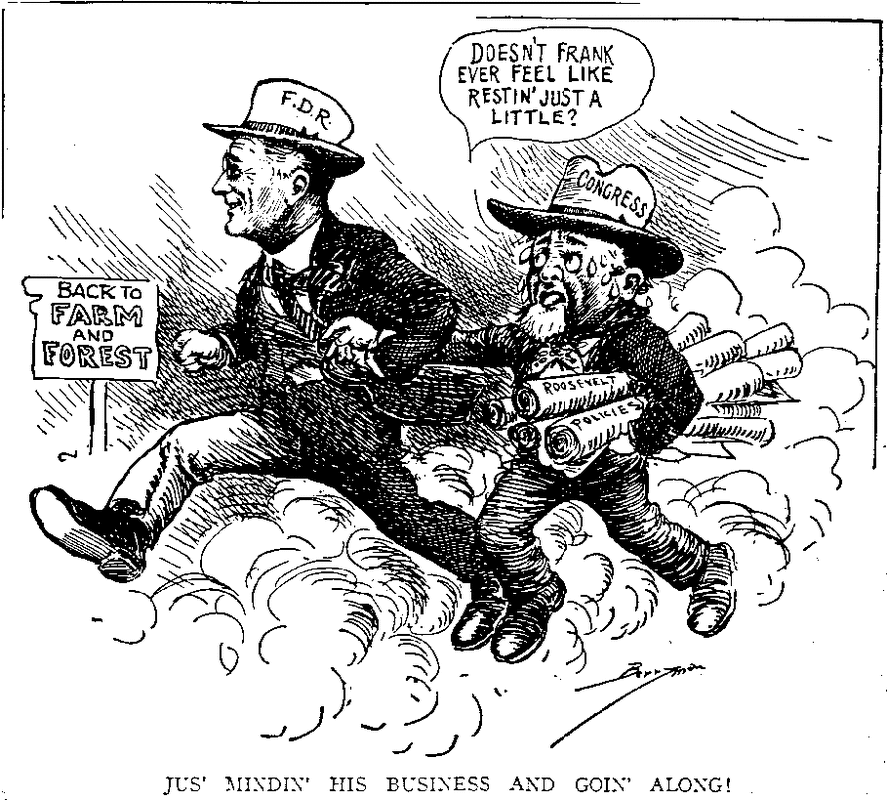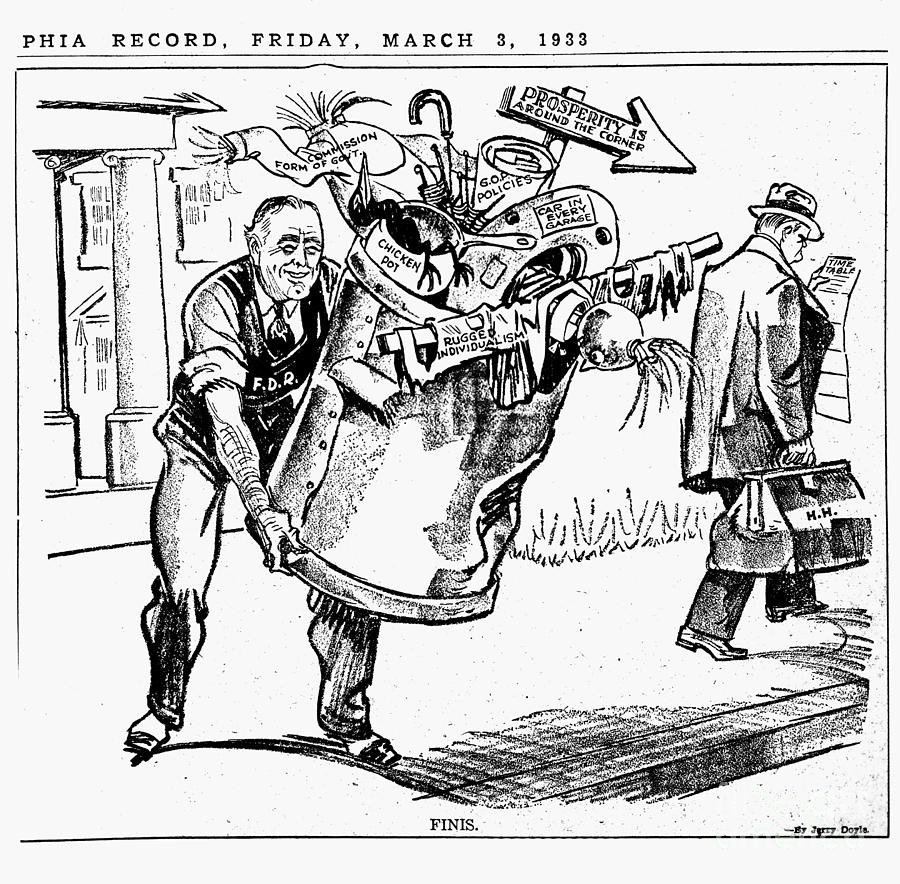

With the implementation of the Second New Deal, Roosevelt also created the countryâs present-day social safety net. (credit: Works Progress Administration)īrowse the Born in Slavery collection to examine personal accounts of former slaves, recorded between 19, as part of the Federal Writers' Project of the WPA. Artists painted the communities where they lived, thus creating visions of farms, factories, urban life, harvest celebrations, and more that still reflect the life and work of that era. Painted by artists funded by the Federal One Project, this section of Ohio, a mural located in the Bellevue, Ohio post office, illustrates a busy industrial scene. Finally, the WPA also included the National Youth Administration (NYA), which provided work-study jobs to over 500,000 college students and four million high school students. Additionally, the project funded the collection of oral histories, including those of former slaves, which provided a valuable addition to the nationâs understanding of slave life. They produced state murals, guidebooks, concerts, and drama performances all around the country ( Figure). The WPA also created the Federal One Project, which employed approximately forty thousand artists in theater, art, music, and writing. The WPA funded the construction of more than 2,500 hospitals, 5,900 schools, 570,000 miles of road, and more.

In that time, the program provided employment relief to over eight million Americans, or approximately 20 percent of the countryâs workforce. Harry Hopkins, formerly head of the CWA, took on the WPA and ran it until 1943. Almost one-third of those funds were invested in a new relief agency, the Works Progress Administration (WPA). In 1935, Congress also passed the Emergency Relief Appropriation Act, which authorized the single largest expenditure at that time in the countryâs history: $4.8 billion. Not surprisingly, this new board kept initial interest rates quite low, allowing the federal government to borrow billions of dollars of additional cash to fund major relief and recovery programs.

They would have control over reserve requirements, discount rates, board member selection, and more. Under the new system, there would be a seven-member board of governors to oversee regional banks. Previously, regional reserve banks, particularly the New York Reserve Bankâcontrolled by the powerful Morgan and Rockefeller familiesâhad dominated policy-making at the Federal Reserve. The Banking Act of 1935 was the most far-reaching revision of banking laws since the creation of the Federal Reserve System in 1914. Whereas the policies of the first hundred days may have shored up public confidence and stopped the most drastic of the problems, the second hundred days changed the face of America for the next sixty years. In the first week of June 1935, Roosevelt called congressional leaders into the White House and gave them a list of âmust-passâ legislation that he wanted before they adjourned for the summer. Although he was still reeling from the Supreme Courtâs invalidation of key statutes, he decided to face his re-election bid in 1936 by unveiling another wave of legislation that he dubbed the Second New Deal. Roosevelt recognized that some of the criticisms of the New Deal were valid.

Political Storms at Home and Abroad, 1968-1980.Contesting Futures: America in the 1960s.Post-War Prosperity and Cold War Fears, 1945-1960.Fighting the Good Fight in World War II, 1941-1945.Brother, Can You Spare a Dime? The Great Depression, 1929-1932.The Jazz Age: Redefining the Nation, 1919-1929.Age of Empire: American Foreign Policy, 1890-1914.Leading the Way: The Progressive Movement, 1890-1920.The Growing Pains of Urbanization, 1870-1900.Industrialization and the Rise of Big Business, 1870-1900.Go West Young Man! Westward Expansion, 1840-1900.Antebellum Idealism and Reform Impulses, 1820â∱860.Cotton is King: The Antebellum South, 1800â∱860.A Nation on the Move: Westward Expansion, 1800â∱860.Industrial Transformation in the North, 1800â∱850.Growing Pains: The New Republic, 1790â∱820.Creating Republican Governments, 1776â∱790.America's War for Independence, 1775-1783.Imperial Reforms and Colonial Protests, 1763-1774.Rule Britannia! The English Empire, 1660â∱763.Creating New Social Orders: Colonial Societies, 1500â∱700.Early Globalization: The Atlantic World, 1492â∱650.The Americas, Europe, and Africa Before 1492.Franklin Roosevelt and the New Deal, 1932-1941.


 0 kommentar(er)
0 kommentar(er)
